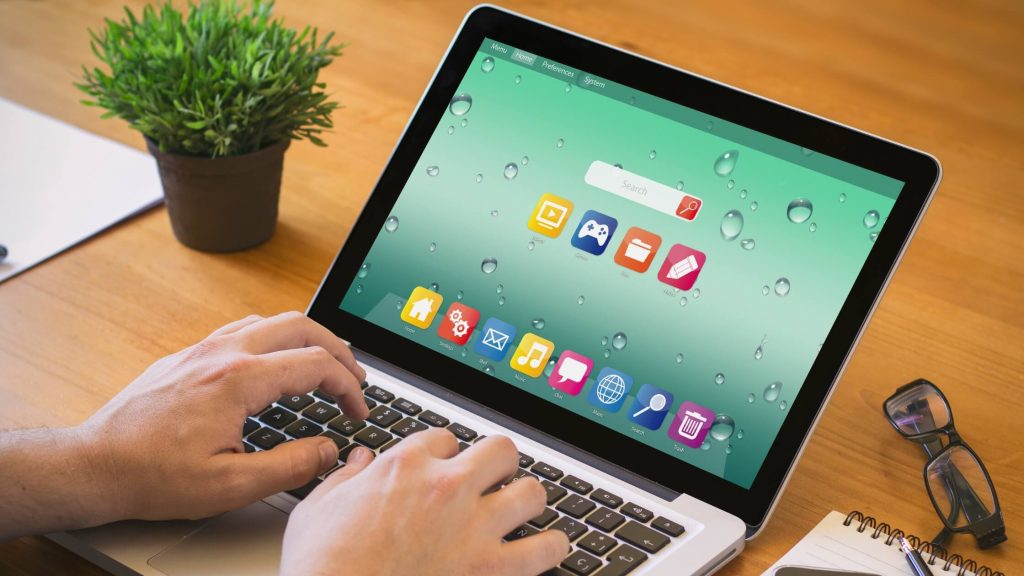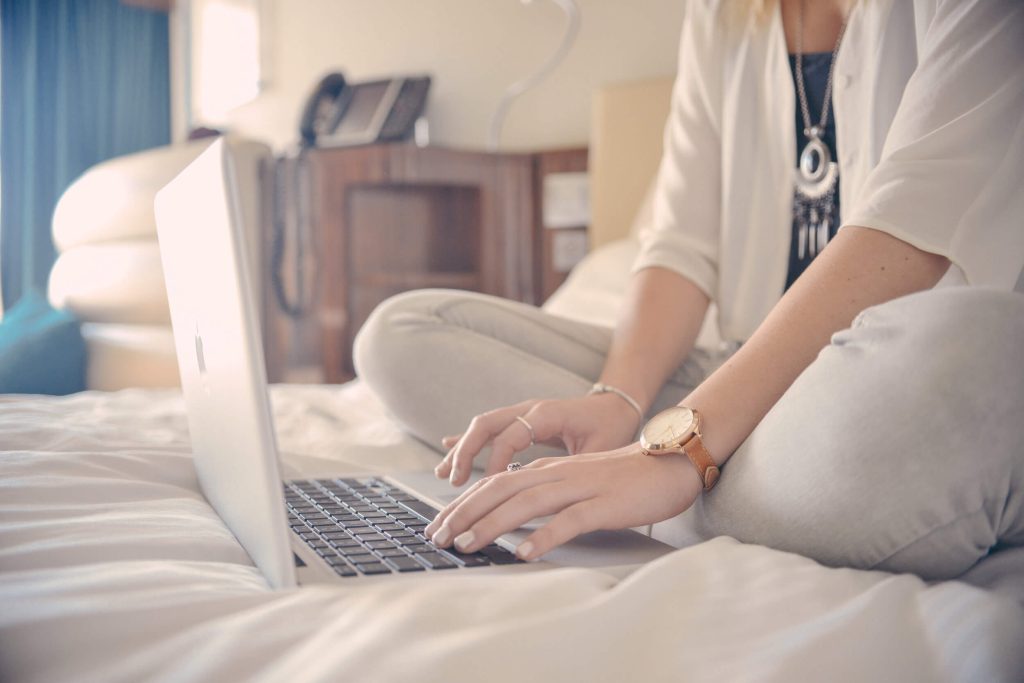Digital Declutter: How to Reclaim Your Life in the Age of Information Overload

We wake up to alarm clocks on our phones, scroll through social media while brushing our teeth, check emails before we even have breakfast, and then spend the rest of the day tethered to screens. The modern digital lifestyle has brought us convenience, connection, and access to endless information—but also overwhelm, distraction, and burnout.
In this constant flood of notifications, pop-ups, and pings, a growing number of people are realizing something profound: we weren’t built for this much input. That realization is giving rise to a movement known as digital decluttering—the intentional process of reducing digital noise to create space for focus, clarity, and calm.
In this article, we’ll explore what digital clutter is, how it affects your mental and emotional well-being, and practical steps to take control of your tech life—without needing to disconnect entirely.
1. What Is Digital Clutter?
Just like physical clutter, digital clutter is the accumulation of unnecessary, unorganized, or excessive digital content that overwhelms your environment.
This can include:
-
Dozens (or hundreds) of open browser tabs
-
Thousands of unread emails
-
Constant social media notifications
-
Cluttered desktops and hard drives
-
App overload on smartphones
-
Subscriptions you forgot you signed up for
Unlike physical mess, digital clutter is invisible—which makes it easy to ignore, yet mentally exhausting. Our brains are forced to process a non-stop stream of decisions, many of them trivial but draining.
2. The Hidden Costs of Digital Overload
The average person spends more than 7 hours a day on screens, with most of that time fragmented between apps, websites, and multitasking. This kind of behavior is linked to several negative outcomes:
Mental Fatigue:
Switching constantly between apps, tasks, and thoughts causes cognitive overload, making it harder to concentrate and remember things.
Anxiety and FOMO:
Social media feeds can lead to comparison, insecurity, and the fear of missing out. Notifications increase cortisol levels, contributing to chronic stress.
Poor Sleep:
Excessive screen time, especially before bed, suppresses melatonin and disrupts sleep quality.
Lost Time:
We often underestimate how much time we spend mindlessly scrolling. What feels like 5 minutes can turn into an hour or more daily—time that could be spent on relationships, hobbies, or rest.
3. Signs You Need a Digital Declutter
You might benefit from a digital detox or declutter if you:
-
Feel overwhelmed by constant notifications
-
Find yourself reflexively checking your phone
-
Wake up and reach for your device before anything else
-
Struggle to finish books or focus on deep work
-
Feel anxious when you forget your phone
-
Have hundreds or thousands of unread emails
These signs aren’t unusual—but they are signals that it’s time to reassess your digital habits.
4. The Benefits of Digital Decluttering

Just like cleaning out your closet brings mental relief, reducing your digital clutter can lead to:
-
Better focus and productivity
-
Reduced stress and anxiety
-
Improved sleep quality
-
More time for meaningful activities
-
Greater sense of control over your environment
It’s not about rejecting technology—it’s about using it more intentionally.
5. How to Declutter Your Digital Life: A Step-by-Step Guide
Step 1: Audit Your Screen Time
Start by understanding your current habits. Use tools like:
-
iPhone/Android’s built-in screen time reports
-
Apps like RescueTime or Moment
See where your time goes—social media, email, gaming, YouTube—and ask: Does this reflect my values and goals?
Step 2: Clean Up Your Phone
-
Delete apps you don’t use
-
Group essential apps in folders by function
-
Turn off non-essential notifications
-
Remove addictive apps from your home screen (or delete them entirely for a trial period)
Step 3: Tidy Your Inbox
-
Unsubscribe from newsletters and ads with services like Unroll.me
-
Archive or delete old messages
-
Create filters and folders to sort incoming mail
-
Aim for inbox zero (or at least inbox calm)
Step 4: Streamline Social Media
-
Unfollow accounts that make you feel anxious, envious, or drained
-
Use tools like News Feed Eradicator for Facebook
-
Set time limits with built-in screen time features or apps like Freedom
-
Try a social media break for a day, weekend, or week
Step 5: Organize Files and Tabs
-
Use a digital filing system for documents (e.g., Google Drive, Dropbox)
-
Close unnecessary tabs or use tools like OneTab to save sessions
-
Empty your digital trash and downloads folder regularly
-
Rename photos and files for easier searching
Step 6: Design Tech-Free Zones
-
Keep your phone out of the bedroom
-
Establish screen-free times (e.g., first hour after waking, during meals)
-
Create a “tech basket” to put devices away during family time or evenings
6. Beyond Decluttering: Building a Healthier Digital Lifestyle
Decluttering is the first step, but long-term digital wellness comes from sustainable habits:
Practice Digital Mindfulness
-
Pause before picking up your phone: Why am I checking this?
-
Be intentional with consumption—read articles deeply instead of skimming dozens
-
Schedule screen time, and more importantly, screen breaks
Reclaim Boredom
Constant digital stimulation removes space for boredom—but boredom is a seedbed for creativity. Allow yourself quiet moments to think, reflect, or daydream.
Replace, Don’t Just Remove
Rather than focusing only on what to cut out, ask yourself:
What do I want more of in my life?
Maybe it’s nature, art, movement, reading, or conversation. Replace doomscrolling with something that nourishes you.
7. A Lifestyle Choice, Not a One-Time Fix

Digital decluttering isn’t about a temporary detox. It’s a lifestyle shift—a way of relating to technology with awareness, boundaries, and purpose. In a world built for distraction, choosing focus is an act of rebellion.
By intentionally shaping your digital environment, you can make space for what really matters: relationships, creativity, rest, and presence.
Conclusion: Reclaiming Your Time, Attention, and Peace
Technology is a tool—not a master. When used with intention, it can enhance our lives. But when left unchecked, it consumes our time, attention, and even mental health.
You don’t need to throw away your devices or move off-grid. You just need to be in charge of how you use them. Digital decluttering helps you clear the noise, so you can hear your own thoughts again—and start living a life that feels like your own.
Bonus Tip: Try a “digital Sabbath” once a week—an evening or full day without screens. It may feel strange at first, but many people report feeling more connected, calm, and restored.
























